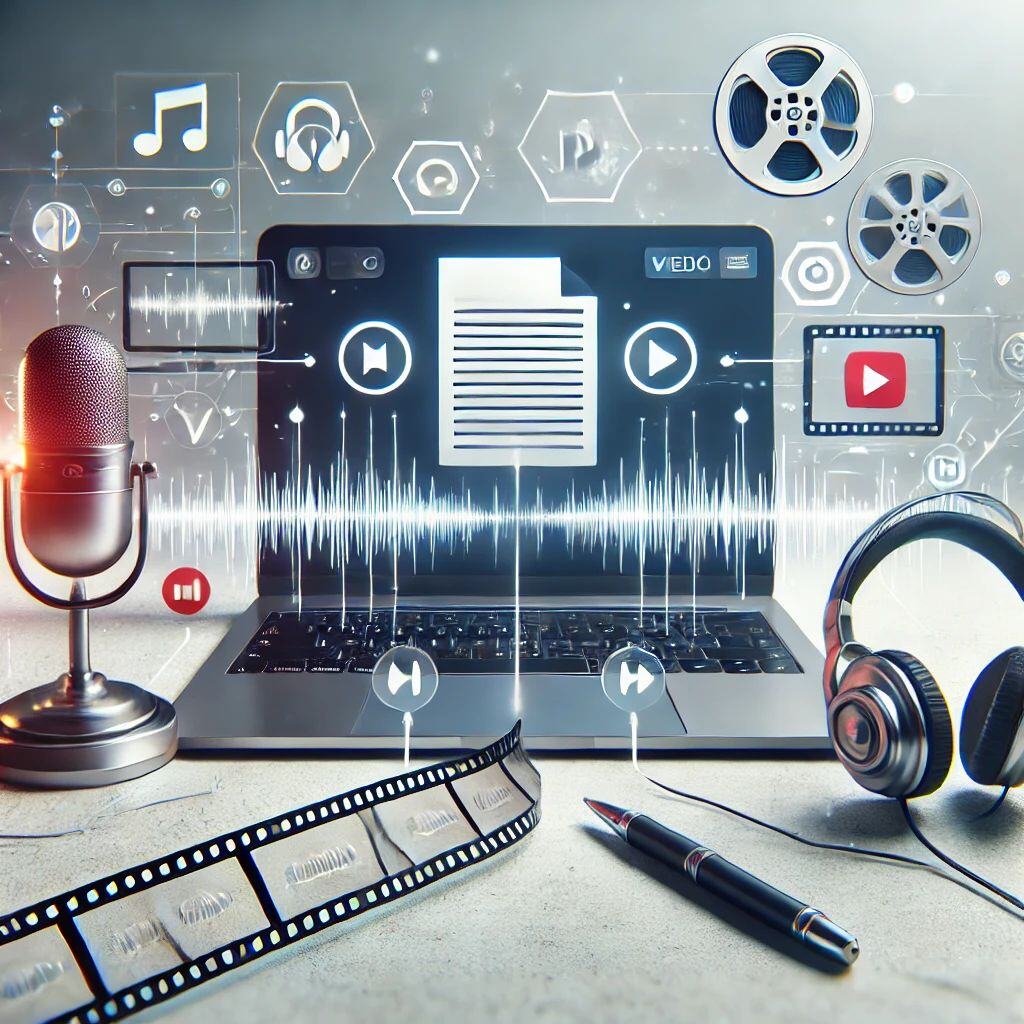
In today’s digital world, converting audio and video to text is essential for students, professionals, and content creators. Whether you need transcripts for interviews, subtitles for videos, or notes from a recorded lecture, an audio transcriber can streamline the process. This guide will cover the best methods to convert files and explain the most commonly used formats for audio and video to text conversion.
Why Convert Audio and Video to Text?
Transcribing audio and video files into text provides several advantages:
- Accessibility – Helps individuals with hearing impairments understand content.
- Better Searchability – Text can be indexed and searched quickly.
- Content Repurposing – Transcripts can be used for blogs, articles, or reports.
- Improved Comprehension – Reading along with audio enhances understanding.
Popular File Formats for Audio and Video to Text Conversion
Different file formats impact the quality and accuracy of transcription. Below are the most commonly used formats for audio and video to text conversion.
Audio Formats to Text
- MP3 to text – One of the most widely used formats, MP3 files offer compressed but high-quality audio. Many transcription tools support MP3, making it a preferred choice for audio to text conversion.
- WAV to text – A high-quality, uncompressed format that ensures better transcription accuracy but takes up more storage space. Best used when clarity is crucial.
- AAC to text – Advanced Audio Codec, used in Apple devices and streaming services. It provides better sound quality than MP3 at similar bitrates.
- M4A to text – Commonly used for voice recordings on mobile devices. Many audio transcriber tools support M4A files.
- FLAC to text – A lossless format that preserves all sound details, making it ideal for high-accuracy transcription.
Video Formats to Text
- MP4 to transcript – The most widely used video format, supported by almost all platforms. Many transcription tools extract audio from MP4 for video to text conversion.
- AVI to text – An older format known for high quality. Although large in size, AVI files are supported by many transcription services.
- MOV to text – Commonly used for Apple devices, MOV files can be transcribed by extracting their audio content.
- WMV to text – A format developed by Microsoft, WMV files can be converted to text using transcription software.
- MKV to text – Often used for high-definition videos, MKV files can be processed for transcription after extracting the audio track.
How to Convert Audio and Video to Text
There are multiple ways to transcribe audio and video to text, including automatic and manual methods.
1. Using an Audio Transcriber (Automatic Transcription)
Automatic transcription tools use AI to convert speech into text. These tools work well for clear recordings and save time compared to manual transcription. Popular options include:
- Any2Text – Supports multiple languages and file formats.
- Otter.ai – Ideal for meetings and lectures.
- Descript – Offers editing features for transcripts.
2. Manual Transcription
For better accuracy, especially in noisy recordings, manual transcription is a preferred method. You can use:
- Text editors – Listen and type manually.
- Foot pedals – Speed up the process for professional transcriptionists.
3. AI-Powered Speech Recognition Software
AI-based tools like Google Speech-to-Text and Microsoft Azure Speech Services can convert audio and video to text with high accuracy.
4. Human Transcription Services
For the most precise results, professional transcription services provide high-quality audio and video to text conversion with human reviewers.
Converting audio and video to text makes content more accessible, searchable, and reusable. Whether using an audio transcriber, AI-powered software, or manual transcription, choosing the right method depends on accuracy needs and available time. By understanding the best file formats and transcription tools, you can efficiently convert recordings into text for various purposes.







